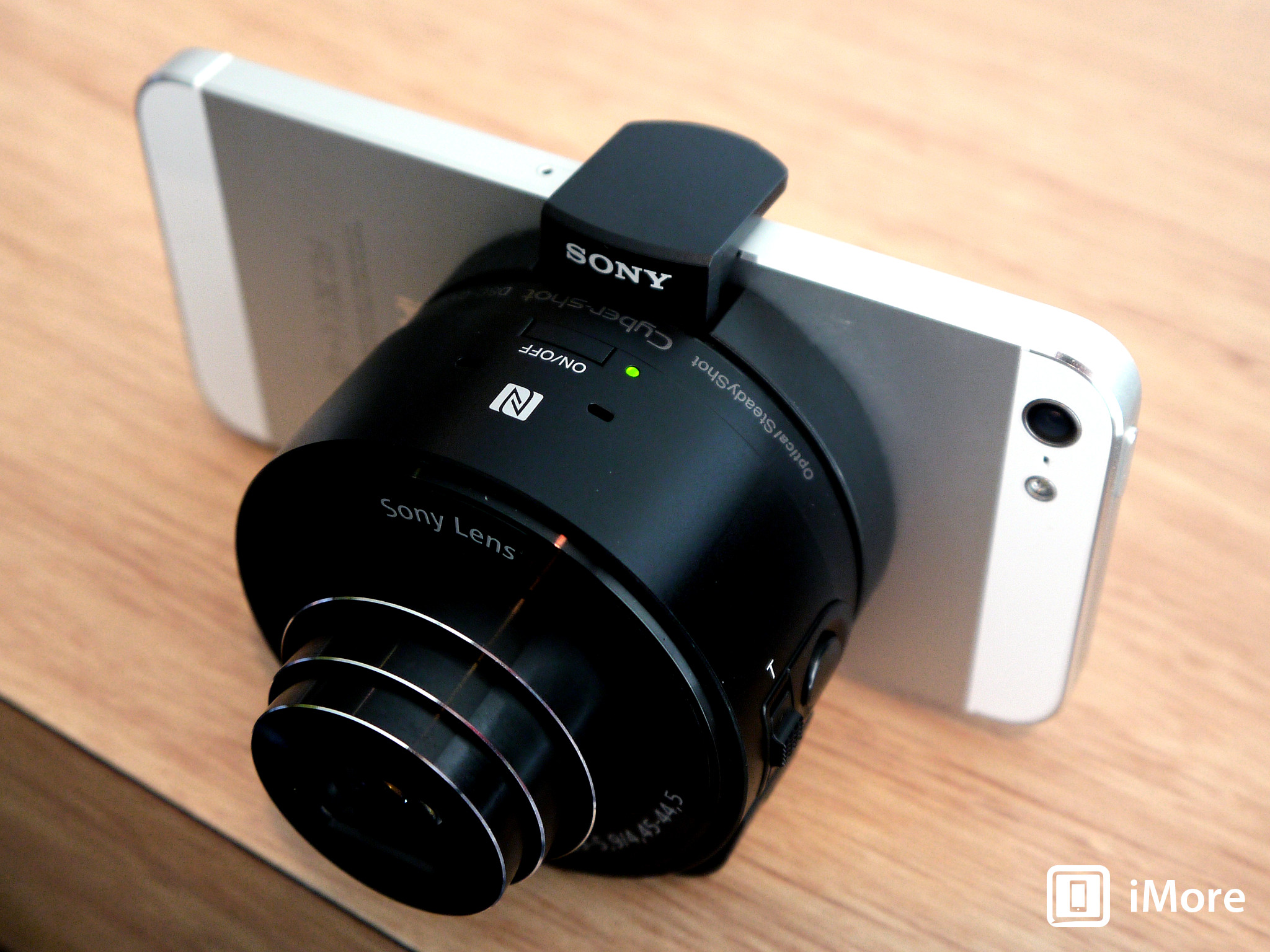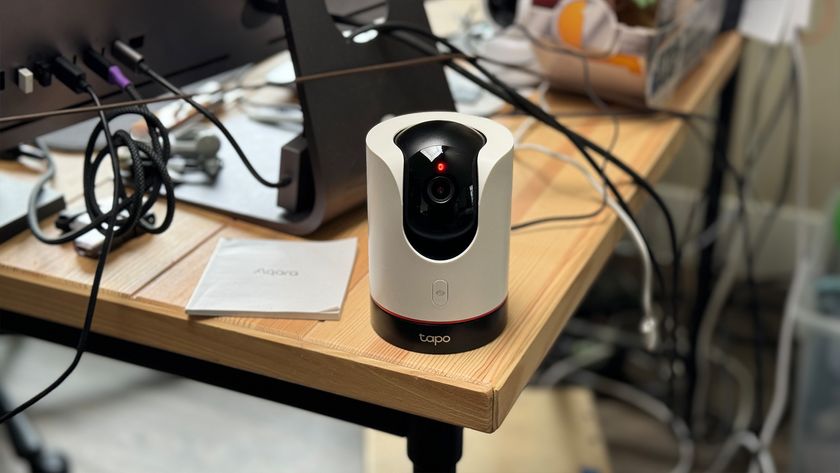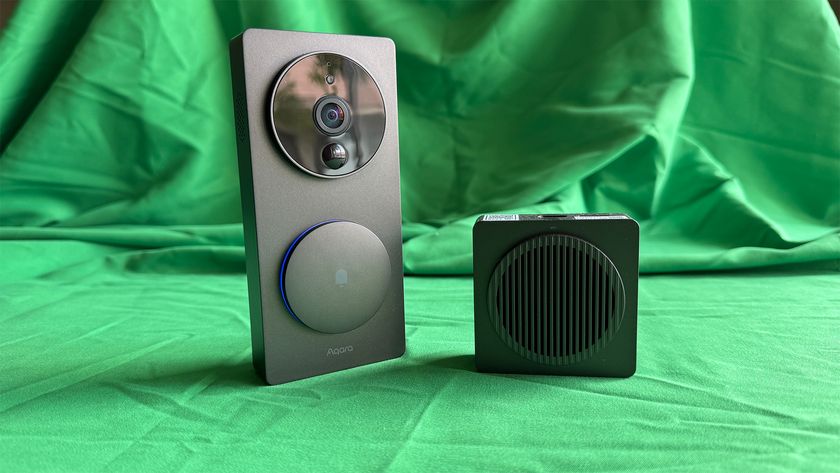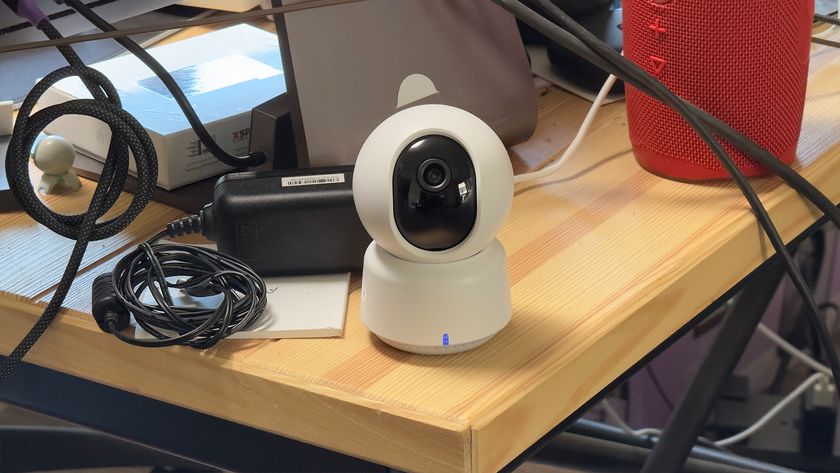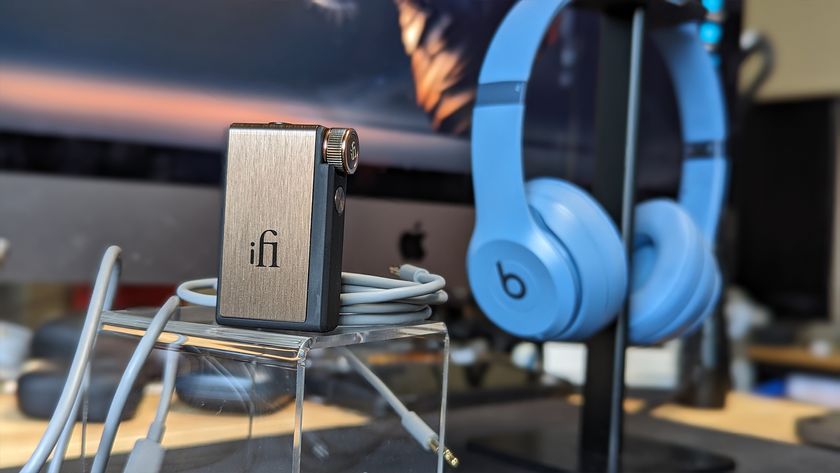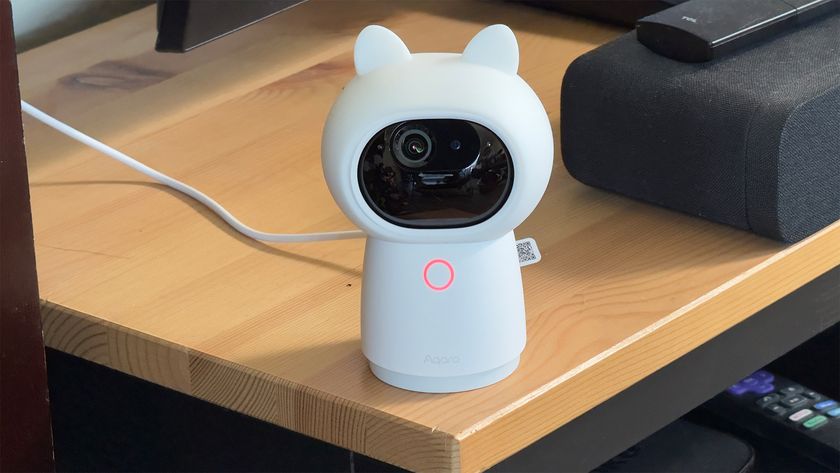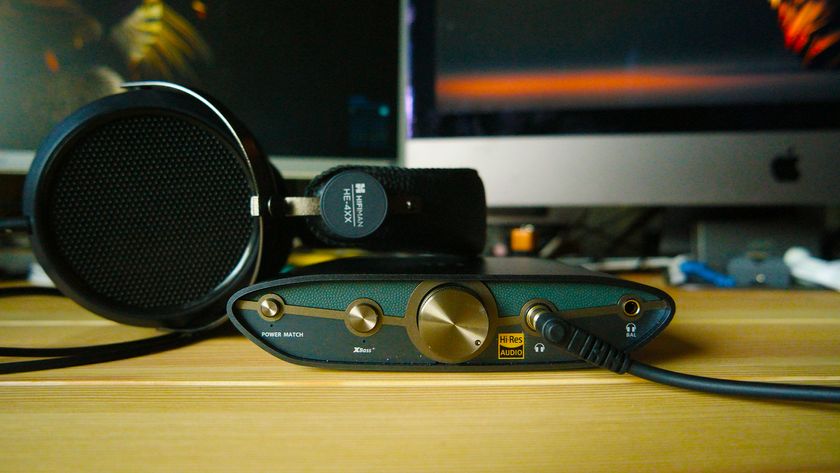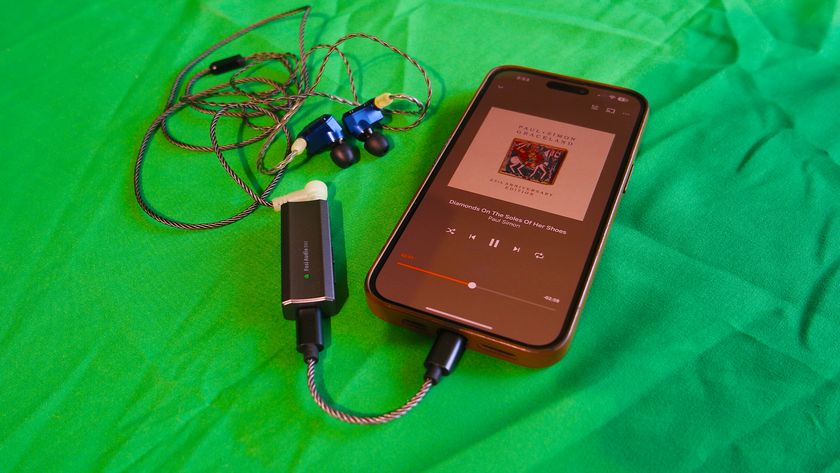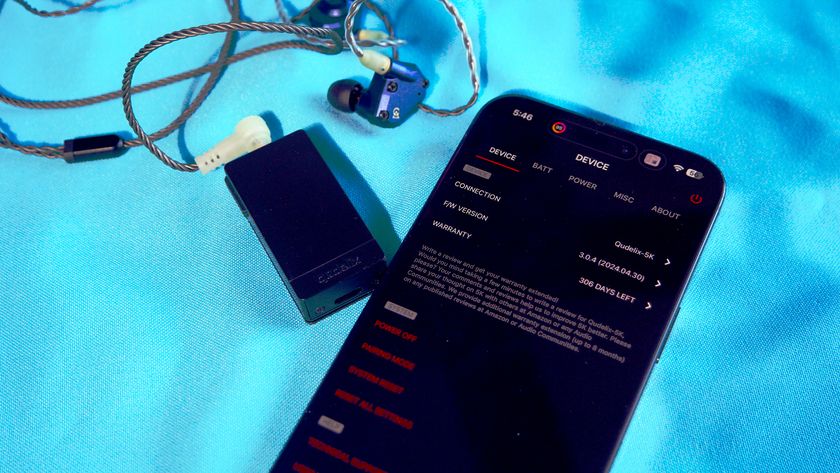In Berlin, back in early September, Sony gathered members of the press together to introduce its fall range of products. Along side TVs, cameras and Android phones was the Cyber-shot QX10 and QX100. These 'lens cameras' are a unique product, in so much that there is a whole compact camera housed within something which looks just like a lens. The killer feature; the cameras connect to your iPhone or Android phone for that connected camera experience without the added expense of something like the Samsung Galaxy line of cameras. We've had a QX10 for a couple of weeks now, so is Sony onto a winner, or does it solve a problem that no-one really has? Let's find out.
The hardware
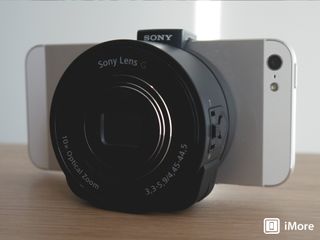
When powered off and the lens is retracted the QX10 looks reminiscent of a hockey puck. At just 33mm thick, it's surprisingly compact considering that within this diminuitive form factor is essentially a full compact camera. The QX10 is available in black or white and gold – so perfect for that shiny new gold iPhone 5s you just bought – and the most obvious omission from a regular camera is a flash.
Of course, this is a camera, so the camera specs are where its at. Here's a handy list of what we're looking at
- Sony G series lens
- f/3.3 - f/8.0
- Optical image stabilization
- Intelligent automatic settings to identify and adjust for macro, low-light, back-lit, motion and more
- Multi-point auto-focus
- ISO 100 - 12800
- BIONZ image processor on-board
- 10x optical zoom
- 18MP 1/2.3 inch Exmor R back-lit CMOS sensor
- 1080p / 30 HD video capture in mp4 format
- 630mAh battery
The QX10 is a two-piece device. The camera puck itself doesn't attach to the phone directly; it can in fact be operated completely independently. Sony includes a clip-on piece that attaches to the back of the camera, with an extendable arm. You slot the bottom 'foot' over one edge of your iPhone, while pulling the extendable arm up and clipping it over the other edge.
While the camera attaches to a smartphone, one isn't required to operate it. Besides the power button, the QX10 has on-board controls for shutter release and zoom. Charging the removable battery is completed by way of microUSB, and the camera also accepts microSD cards for saving all your images. Down bottom it also has a tripod mount, so you can either mount the combined phone/camera combination or just the camera on its own. The beauty is, you can operate it as a stand alone WiFi camera without it being attached to your phone.
Are there any drawbacks to the hardware then? Well, there's no flash, so if that's important to you it's a none starter. The rechargable battery doesn't last the longest either, around 220 or so shots. If you're going to be using it a lot, order a spare battery.
The Sony Playmemories Mobile app
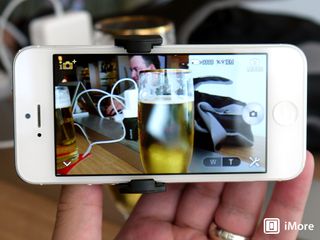
Because this is a WiFi camera, there are no physical connections between the QX10 and your phone. As such, all interactions are – for now – carried out within the confines of the Sony Playmemories Mobile app. A free download, it essentially acts as a viewfinder and control board for the QX10 – and a bunch of other Sony WiFi cameras. The tl;dr version is; it's pretty horrible. But there's no alternative right now to a horrible experience.
One of the main problems is lag. Despite establishing a WiFi direct connection between the camera and the phone, it's not strictly realtime. Most of the time it's OK, and if you're mounted to a tripod you shouldn't have any issues. But if you move the camera around to frame up another shot, or even zoom in or out, theres often a quite horrible, jerky lag. Strangely, it doesn't seem so bad when shooting video.


Operation of the camera through the app is simple, and will be familiar almost immediately to any smartphone user. Touching the screen will focus at whichever point you desire, touching the shutter release button will take the picture. Due to the lag, I still recommend using the physical controls on the camera, though.
All problems aside, the app itself portrays the appearance and experience you might expect from looking into the display of a digital camera. Changing settings such as image size and aspect ratio is as simple as opening up a settings menu. On the right you get your shutter release button, the top left a choice of modes; intelligent auto and superior auto and program auto. The latter allows you to set the exposure manually, but aperture and shutter speed aren't user changeable. Once taken, images can be transferred from the camera to your phone, while retaining a hard copy on the microSD card within the camera. It's getting the images onto your phone that then opens up a world of sharing and editing possibilities.
It's worth pointing out that videos cannot be copied across in the same way. Probably a good job given the time it takes to transfer a single picture, so videos taken will need to be manually extracted from the cameras memory card.
I don't want to dwell on the quality of the app too much, because Sony will undoubtedly make improvements to it going forward. What's more exciting is third-party support for the QX10 and the QX100. Popular third-party app Camera 360 has already announced future support for the two, and it's here where the benefits of hooking into a smartphone become clearer. In our app dominated world, the possibilities haven't even begun to be realised yet.
Using the QX10

As a camera, the QX10 is pretty easy to classify. It's a point and shoot class camera, nothing more. But using it is a unique experience. From the grip, right down to what you're able to do with the photos once you've taken them.
With one of today's larger Android smartphones, gripping the QX10 isn't a tough ask. With the much smaller iPhone 5 and 5s the camera puck takes up much more real estate on the back of the phone. A few minutes tweaking the position is time well spent, and I've found that positioning the bottom 'foot' just to the right of the volume down button works quite well for me. You should set it up so that you can comfortably reach the physical zoom and shutter controls on the camera. Since the app experience isn't that great, you'll get much better quality images foregoing that entirely, and just using these.
I first got my hands on the QX10 during the IFA 2013 event in Berlin where it was officially announced. For the remainder of that week I was running around the halls of the Messe Berlin using it everywhere, and it was there I instantly bonded with this little pocket sized camera. My needs in working for Mobile Nations may be pretty specific, but having this in a pocket ready to grab a good quality photo at the drop of a hat was convenient, and enjoyable.
Oh, and that 10x optical zoom. You don't realize how useful it is until you're using it. All in all, the QX10 can produce better quality photos more frequently than a phone camera. You have more control, you have a proper zoom, you have access to a camera, not a smartphone camera. And that makes the difference.
The pictures
I'm no photographer, not by a long way. I like to take pictures, though. All in all, the QX10 produced some very good shots, especially in the less than ideal setting of a trade show press conference. So, check out the gallery below for a variety of sample shots. When it's all said and done, most of the time you're not going to get equal quality photos from your iPhone, and certainly not with the relative ease that they can be taken with the QX10. I used it to take some shots worthy enough for use both here on iMore and over on Android Central during IFA, something I've yet to do with my iPhone.
It performs much better in tough lighting that you might think, too. The times the QX10 most surprised me were during the Samsung Electronics press conference in Berlin. In essentially a dark room, the QX10 pulled out some extremely good shots for the circumstances.













Video quality
Video quality is honestly no better than you'd expect to see from your iPhone, perhaps a tad less impressive. The real value is in that 10x optical zoom. It's a tough ask to shoot a really good, non-shaky video though without using a tripod. While the lag between the camera and what you're seeing is often better for video than for photos, it's still present. As you can no doubt tell in the sample above.
The good
- A better overall end result than a smartphone camera
- Small enough to be considered truly portable
- Works with both Android devices and the iPhone
- Third-party app support in the future
- 10x optical zoom
The bad
- Too expensive at $250
- Sony Playmemories app is pretty horrible
- No flash
- Can take a while to connect to the iPhone using WiFi Direct
The bottom line
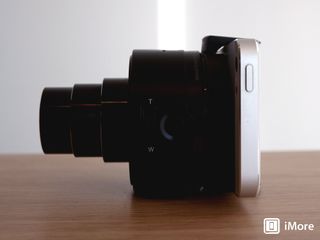
With a sensible head on, it's easy to write off the QX10. It's too expensive, a janky experience as it stands with the Sony application, and whichever way you look at it, it's a tough sell to average joe public. Yes, it takes good pictures – better in almost all cases than your iPhone or any Android phone you might also strap it to. But, unless you're attracted to the zoom, your phone will possibly be enough for most of the time.
With my geeks head on it's a different story. I absolutely love the QX10. It's a new idea, it's small enough to throw into a bag or a pocket without thinking about it and it's seen more use than I could ever have imagined it would. It's a fun product, one I've had an absolute blast using with my iPhone 5, and now my iPhone 5s. I might not be able to offer it a recommendation for purchase, but I absolutely recommend you check one out if you can. After all, technology is supposed to be enjoyable as well as functional, and the QX10 scores 10 for enjoyment.
